If you’re curious about Japanese temples, you might be wondering, “What makes temple visits so special?” or “Why should I include temple tours in my travel plans in Japan?” The short answer is: temples offer not just historical and cultural value, but also deep personal experiences. In this article, we’ll explore five key attractions of visiting temples in Japan and explain why temple touring should be on your itinerary.
The History and Cultural Significance of Japanese Temples
The Origins and Evolution of Temples in Japan
Buddhism was introduced to Japan in the 6th century, and with it came temple culture. Initially influenced by Chinese and Korean styles, Japanese temples evolved into uniquely refined architectural and spiritual spaces that reflect the country’s deep heritage.
Temples as Pillars of Local Communities
Beyond religious roles, temples have long served as centers of education, community events, and social welfare. Many local festivals and seasonal ceremonies take place at temples, making them integral to the cultural fabric of Japanese life.
The 5 Unique Attractions of Japanese Temples
1. Traditional Architecture and Aesthetic Beauty
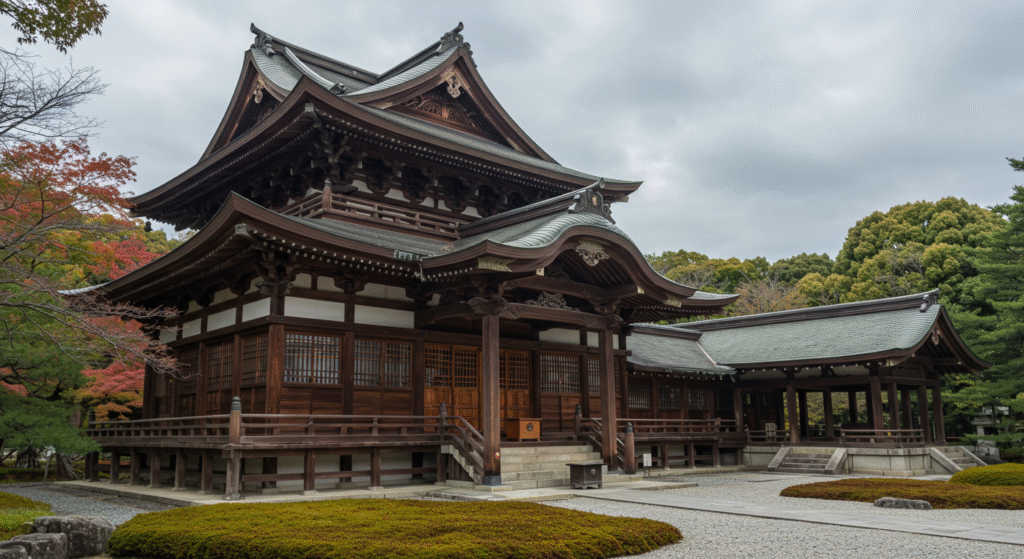
Temples showcase exquisite craftsmanship, including intricate wooden carvings, sweeping tiled roofs, and serene gardens. These structures are more than just buildings—they’re national treasures that reflect Japan’s historical artistry.
2. Inner Peace Through Meditation and Tranquility
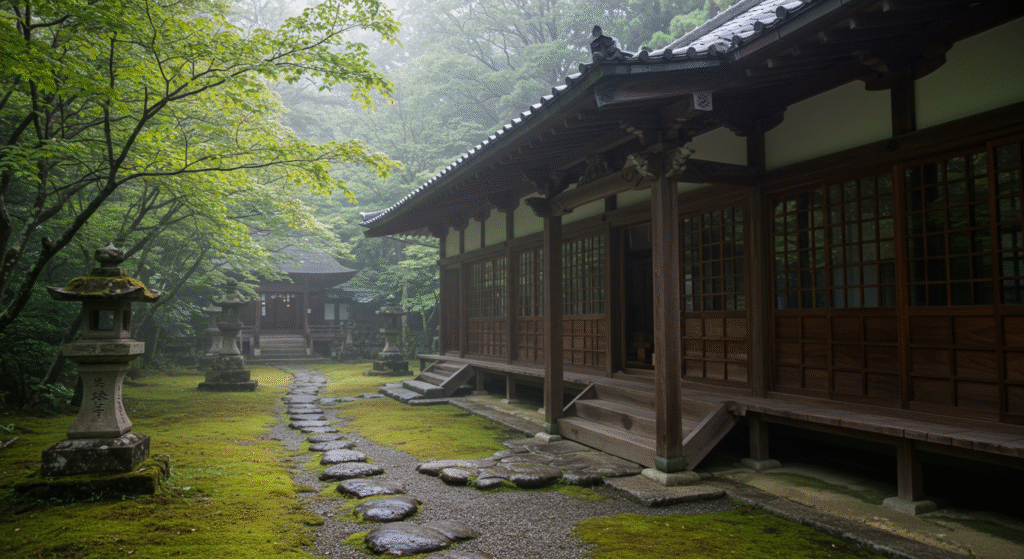
Temples offer a peaceful escape from modern stress. Many provide opportunities for zazen (seated meditation) or simply a serene place to reflect, making them ideal for spiritual and mental refreshment.
3. Insights from Buddhist Teachings and Philosophy
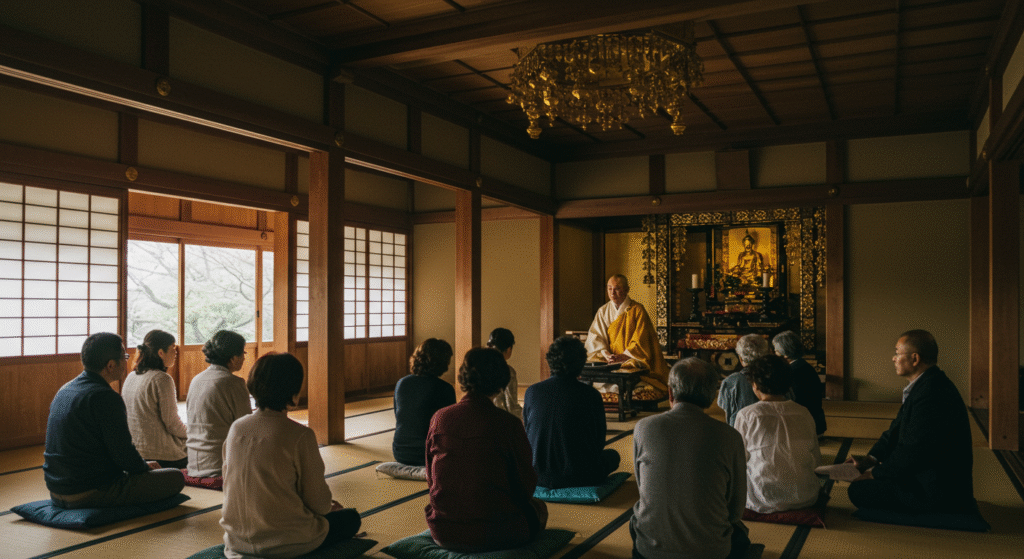
Temples are also centers of learning. Through sermons and quiet contemplation, visitors can explore timeless Buddhist philosophies such as compassion, impermanence, and mindfulness—principles that resonate even in modern life.
4. Seasonal Events and Cultural Festivals
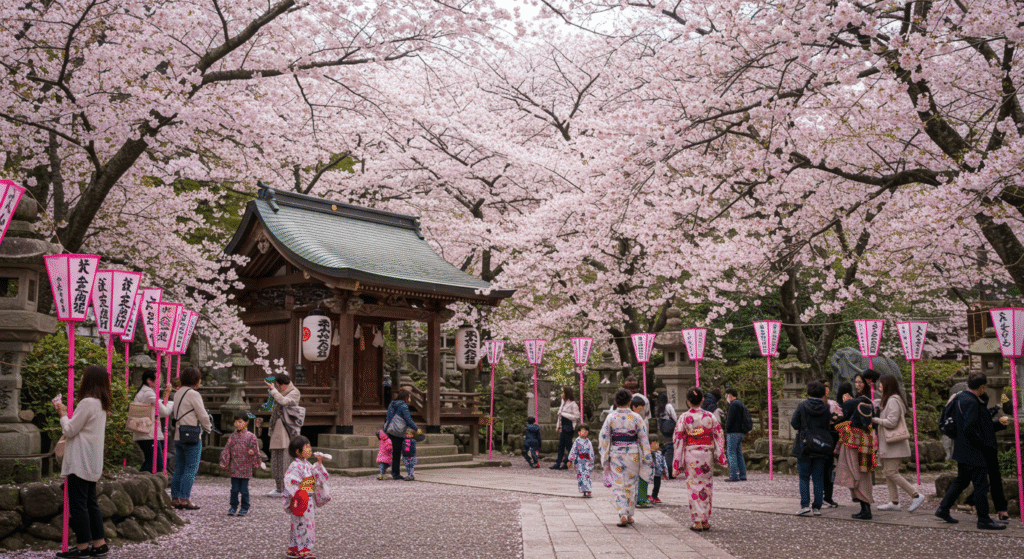
From cherry blossom ceremonies to lantern festivals, temples host vibrant seasonal events. These celebrations allow visitors to immerse themselves in local traditions and experience Japan’s cultural rhythms up close.
5. Regional Uniqueness in Temple Experiences
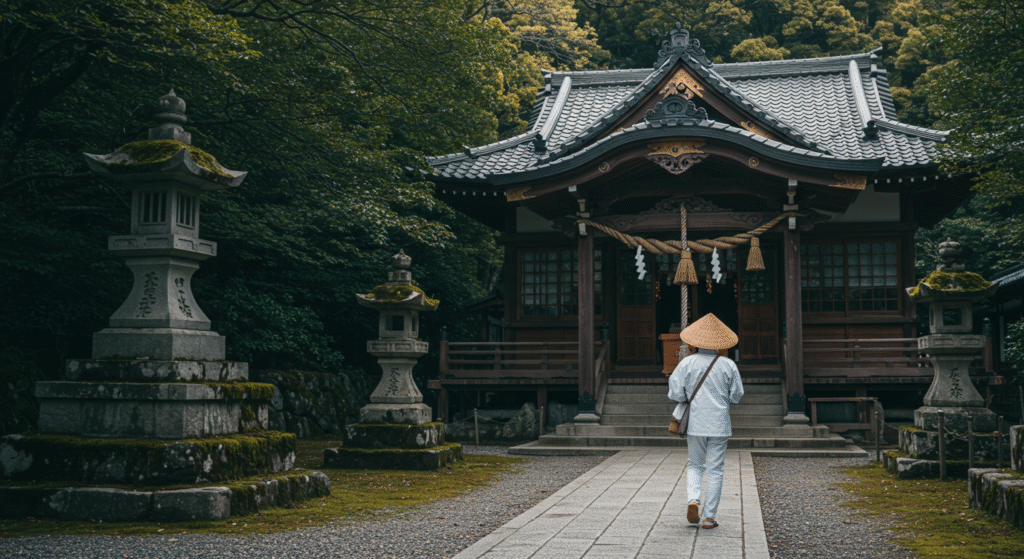
Each region in Japan features temples with distinct characteristics. From the grandeur of Kyoto’s temples to hidden rural sanctuaries, exploring different temples offers rich variation and deeper insight into Japan’s diverse landscapes and communities.
Why You Should Tour Temples in Japan
Mental and Physical Wellness
Surrounded by nature and silence, temple visits offer powerful stress relief and emotional healing. Stepping away from the noise of daily life allows for reconnection with oneself in a meaningful way.
A Deeper Understanding of Japanese Culture
Visiting temples brings Japanese history, art, religion, and values to life. It’s a holistic cultural experience that engages your senses and deepens your appreciation of the country.
Top Temple Destinations for Travelers
Must-visit spots like Kinkaku-ji in Kyoto and Todai-ji in Nara attract millions, but lesser-known temples in the countryside also offer rewarding experiences without the crowds.
Tips and Etiquette for a Fulfilling Temple Tour
How to Plan an Efficient Temple Tour
Check temple locations, opening hours, and event schedules in advance. Efficient planning helps you make the most of your time, especially when visiting multiple temples in a day.
Basic Etiquette and Do’s & Don’ts at Temples
Be respectful: keep noise to a minimum, follow photography rules, and dress modestly. Learning a few simple temple manners enhances the experience for you and others.
Useful Items to Bring for Temple Visits
Wear comfortable shoes, carry water, and bring a goshuincho (temple stamp book) if you’re collecting temple seals. A thoughtful packing list ensures a smooth and enjoyable visit.


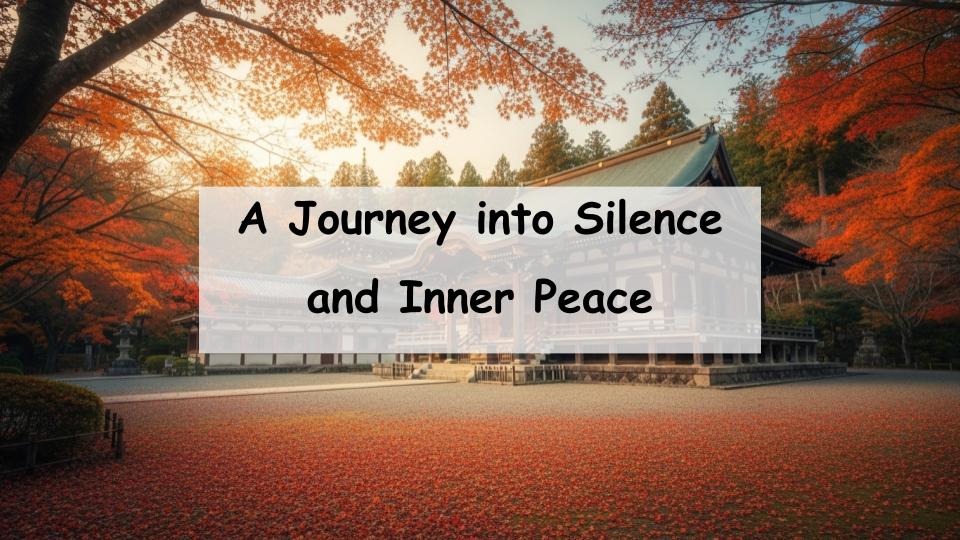





Comment